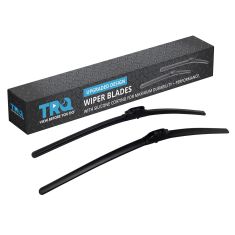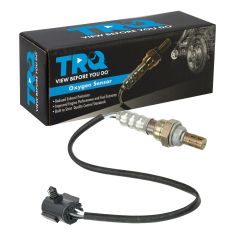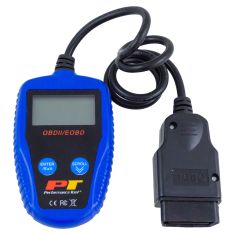1AEOS01025-Jeep Dodge Chrysler Plymouth Eagle O2 Oxygen Sensor TRQ OSA61316



Replaces
1997 Eagle Vision V6 3.5L Upstream Rear O2 Oxygen Sensor TRQ OSA61316


Recommended for your 1997 Eagle Vision
Product Reviews
Loading reviews
Customer Q&A
No questions have been asked about this item.
Eagle is a registered trademark of FCA US LLC. 1A Auto is not affiliated with or sponsored by Eagle or FCA US LLC.
See all trademarks.














